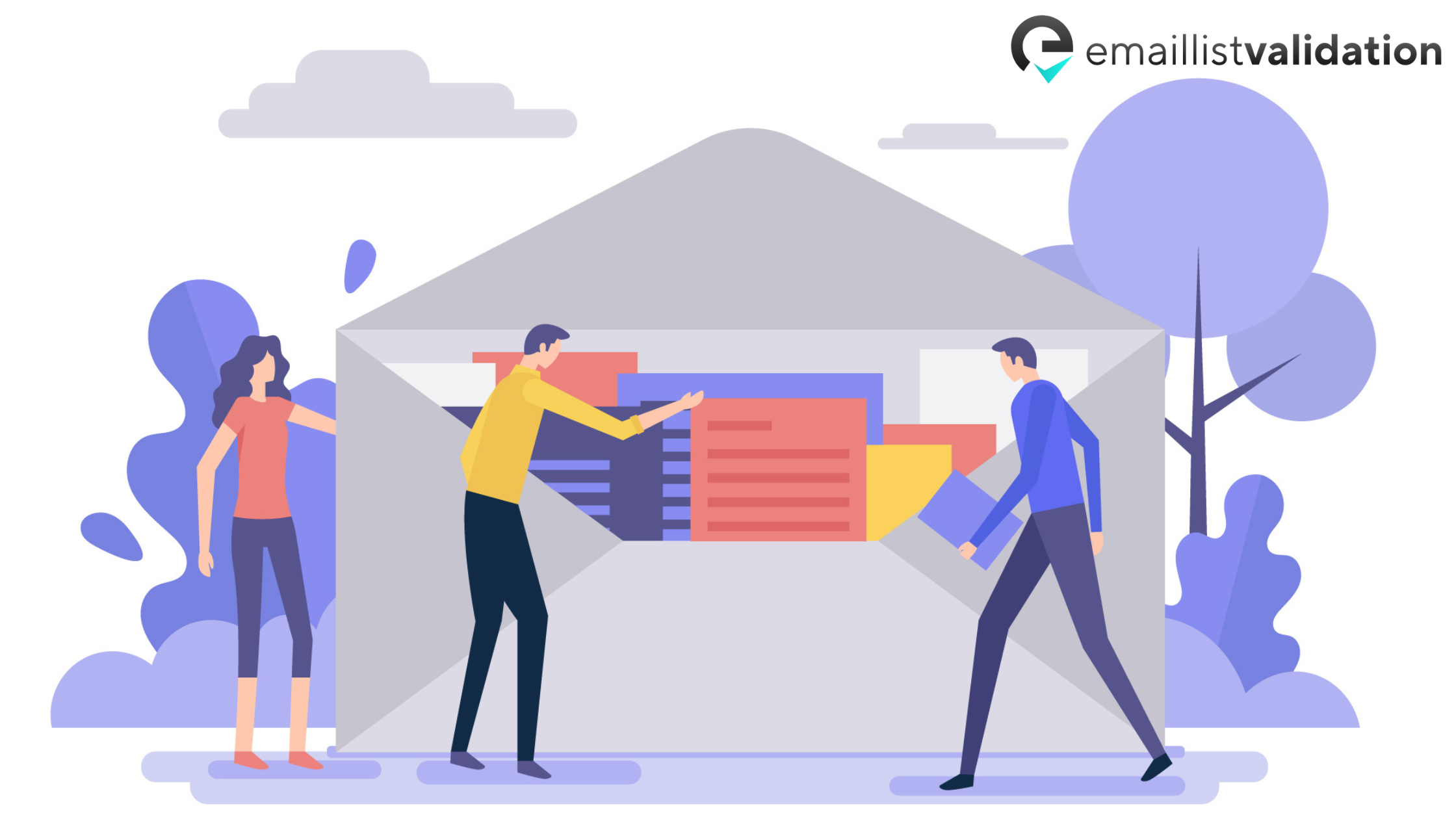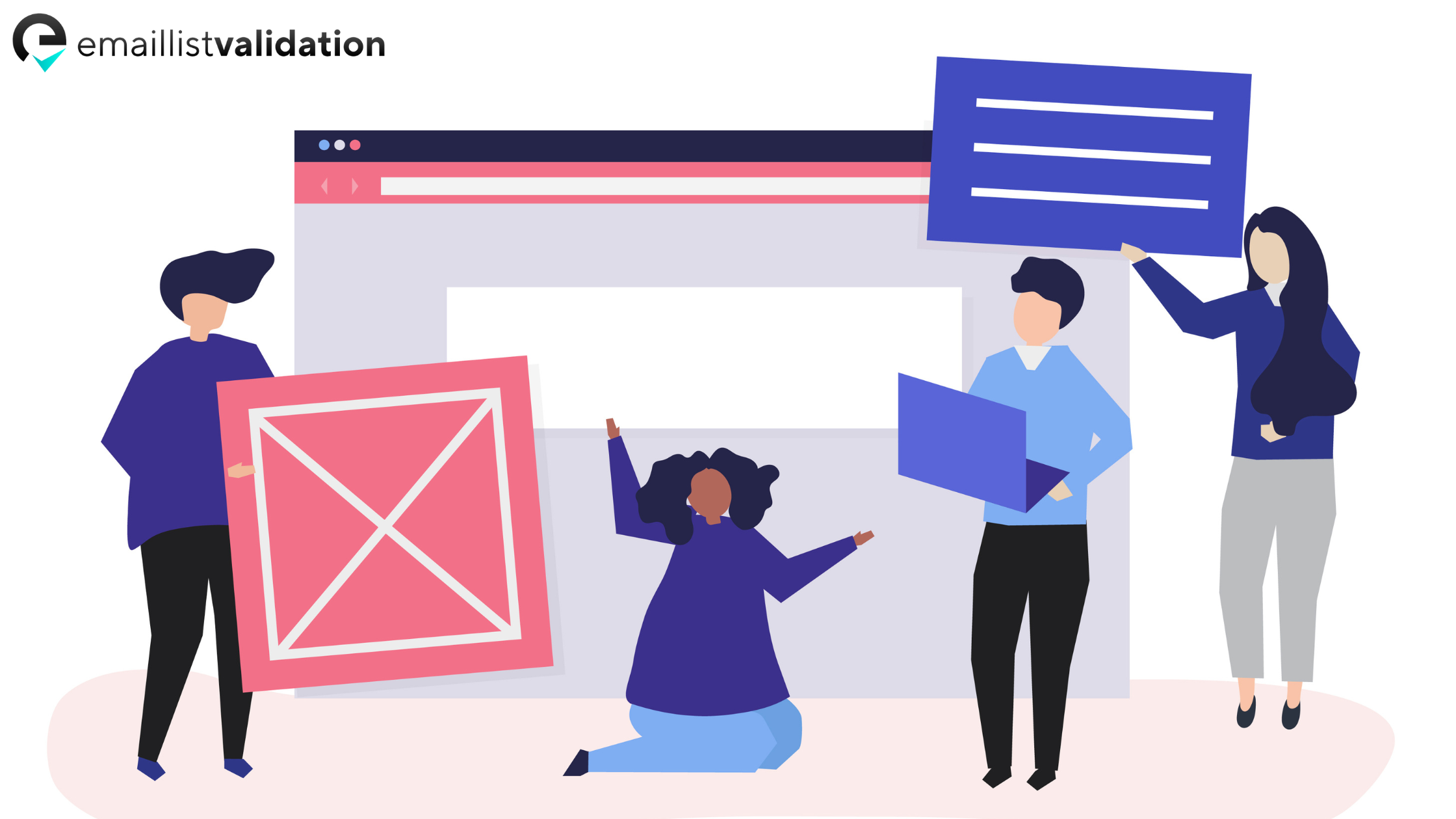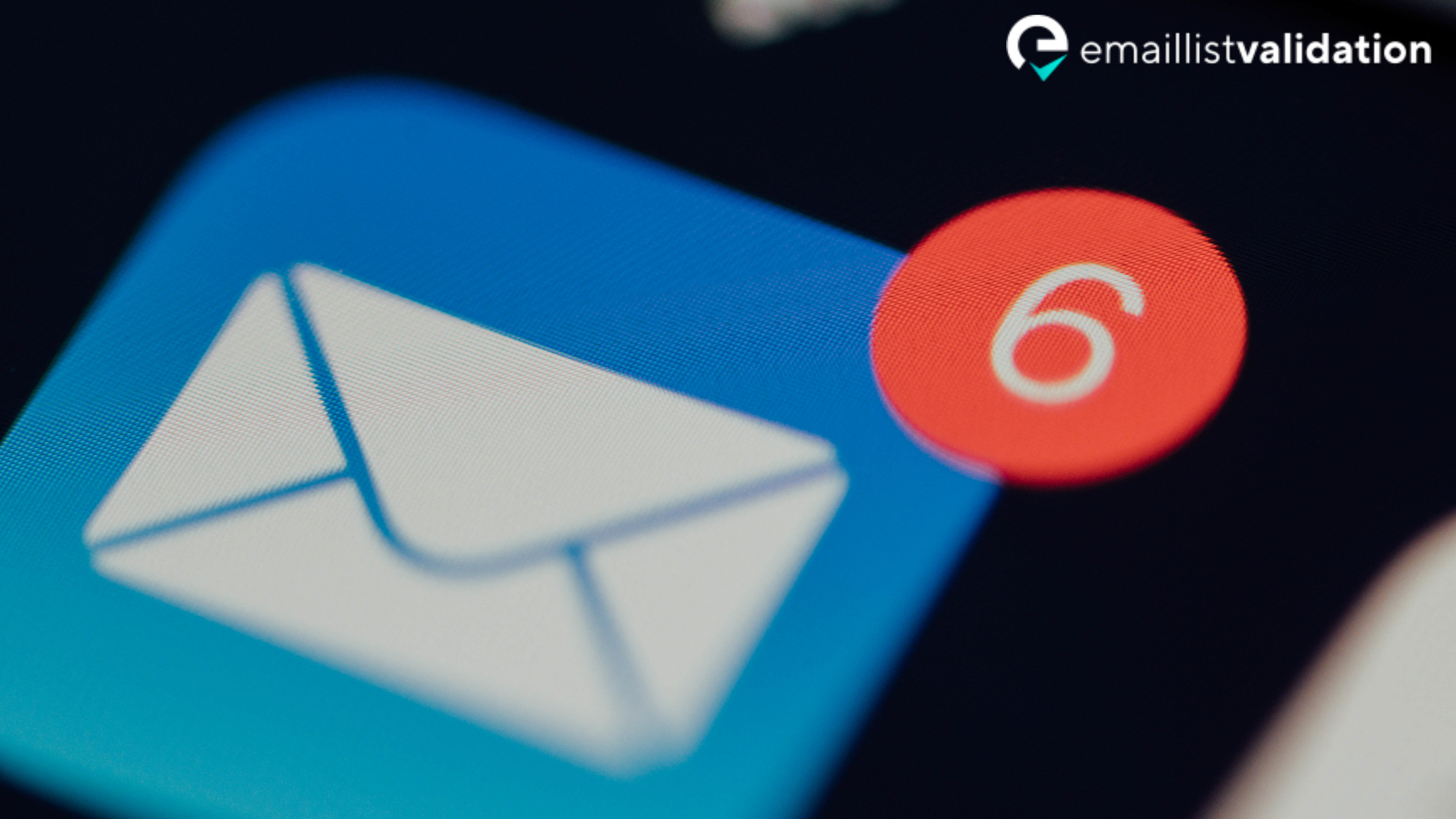Bulk email sending refers to the practice of sending a large number of emails to a list of subscribers or recipients in one go. It is a cost-effective and efficient way to communicate with a large audience, such as customers, prospects, or subscribers. However, sending bulk emails can pose a risk of being blacklisted, which can negatively impact email deliverability and reputation.
This article will teach how to send bulk emails without getting blacklisted, it will also discuss the strategies you can use to ensure your emails are delivered to your audience's inbox.
Understand Anti-Spam Laws

Explanation of anti-spam laws
Anti-spam laws are meant to govern the sending of commercial electronic messages, such as email, SMS, and instant messaging, in order to protect individuals' privacy and minimize the number of unsolicited messages. These regulations aim to prevent corporations and individuals from delivering unwanted and intrusive messages to persons who have not consented to receive them. The regulations differ from country to country, but they normally require that senders of commercial messages identify themselves truthfully and provide recipients with a choice to opt out or unsubscribe from future messages.
Compliance with anti-spam laws
Businesses and individuals must get permission from their recipients before sending commercial messages in order to comply with anti-spam rules. Depending on the jurisdiction, consent can be expressed or implied. The recipient's express consent means that they have directly accepted to receive the messages, whereas implied agreement might be inferred from the recipient's previous commercial or personal relationship with the sender.
Senders must give accurate and true information in their messages, including their identity, contact information, and a clear description of the goods or services being offered, in addition to gaining consent. They must also make it simple and quick for recipients to opt-out or unsubscribe from future messages.
Opt-in and opt-out requirements
Senders must get explicit consent from receivers before sending promotional messages under opt-in standards. This can be accomplished through a sign-up form, a checkbox, or another manner that clearly indicates that the recipient has agreed to receive communications. Opt-out rules require senders to give recipients the option to unsubscribe from future messages, usually by including an unsubscribe link in the message.
It's important to note that certain jurisdictions require both opt-in and opt-out requirements, while others require only one or the other. Furthermore, some laws require senders to get new consent on a regular basis, such as every two years, to guarantee that recipients still wish to receive messages.
Build a Clean Email List

What is a clean email list?
An email list is a collection of email addresses from which you can contact with your subscribers and customers. A clean email list is one that has only confirmed and active email addresses. A clean email list ensures that your emails reach their intended recipients and that they engage with your content.
Strategies for building a clean email list
Here are some strategies for building a clean email list:
- Use double opt-in: Subscribers must confirm their email address in order to receive emails from you using double opt-in. This validates that the email address is correct and belongs to the subscriber.
- Offer incentives: In exchange for their email address, provide your subscribers something of worth. This could be a discount, a free trial period, or access to special content.
- Use a reputable email service provider: A reputable email service provider will assist you in validating email addresses and avoiding sending emails to inactive or invalid email addresses.
- Use segmentation: Make groups out of your email list based on their behavior or interests. This lets you tailor your messages to their unique requirements and interests.
- Monitor your email list regularly: Keep an eye on your email list and delete any inactive or invalid email addresses. This ensures that your emails are delivered to subscribers who are engaged and interested in your content.
How important is keeping your email list clean?
Keeping your email list clean is important for several reasons:
Reason 1: Better deliverability
A clean email list ensures that your emails get into your subscribers' inboxes rather than their spam folders.
Reason 2: Improved engagement
Engaged subscribers are more likely to open and click on your emails, resulting in increased conversion rates.
Reason 3: Cost savings
Email service providers charge dependent on the number of subscribers on your list. In the long run, removing inactive or incorrect email addresses can save you money.
Reason 4: Improved sender reputation
A clean email list can help you enhance your sender reputation, which can boost the likelihood of your emails being delivered to your subscribers' inboxes in the future.
Create High-Quality Email Content

What Is High-quality Email Content?
Emails that are well-written, interesting, and relevant to the receiver are examples of high-quality email content. It is a vital part of email marketing as it can help raise open rates, click-through rates, and, eventually, conversions. While creating high-quality email content, keep your audience's needs and interests in mind, as well as your brand's voice and message.
Tips for creating high-quality email content
Here are some tips for creating high-quality email content:
Tip 1: Personalize your emails
Address your recipients by name and utilize data to customize the email's content to their interests and activities.
Tip 2: Write a compelling subject line
A compelling subject line can enhance the likelihood of the receiver opening the email.
Tip 3: Provide value
To keep your recipients engaged and interested, provide them with helpful information, resources, or promotions.
Tip 4: Keep it concise and scannable
Because people frequently scan emails, make your information easy to read by using short paragraphs, bullet points, and clear headings.
Tip 5: Use a clear call-to-action
Your email should include a clear call-to-action that encourages the receiver to perform the intended action, such as purchasing something, filling out a form, or visiting a website.
Tip 6: Test and optimize
Several components of your email, such as the subject line, content, and call-to-action, should be tested and optimized to evaluate what performs best for your audience.
How important is the email content quality?
The importance of high-quality email content cannot be emphasized. Poorly written or irrelevant emails can rapidly turn off receivers, resulting in reduced open and click-through rates and potentially harming the reputation of your brand. High-quality email content, on the other hand, can build trust with your audience, enhance engagement, and drive conversions. You can establish a loyal and engaged subscriber base that can help your business thrive by investing time and effort in creating high-quality email content.
Use a Reliable Email Service Provider

What is an email service provider?
An Email Service Provider (ESP) is a corporation that provides businesses and people with email marketing and communication services. These businesses specialize in email marketing platforms, managing and delivering bulk emails, automating email campaigns, and offering analytics to track the performance of your email campaigns. These services are delivered through web-based platforms or software that may be integrated into your existing systems. An ESP will also ensure that your emails are delivered to the inboxes of your subscribers and are not flagged as spam or blocked by email filters.
Tips for choosing a reliable email service provider
Tip 1: Reputation
Pick an ESP with a proven track record of sending emails to inboxes rather than spam folders. When selecting an ESP, read reviews and ratings.
Tip 2: Features and functionalities
Search for an ESP that has the capabilities and functionalities you require. Examine whether the ESP includes automation, segmentation, personalization, mobile responsiveness, and integration with other tools and platforms.
Tip 3: Deliverability
A trustworthy ESP should have a high deliverability rate. Examine whether they use strong authentication standards like SPF, DKIM, and DMARC and whether they have solid relationships with ISPs and email providers.
Tip 4: Support
Choose an ESP that offers dependable customer service. Look to see if they provide phone, email, or chat support, as well as if they have a knowledge base or other resources to assist you in troubleshooting.
Tip 5: Pricing
Evaluate the costs of several ESPs to pick one that matches your budget. Look to see if they have different pricing tiers and whether they charge based on the number of emails sent or subscribers.
Importance of reliable email service provider
- Deliverability: A reputable email service provider ensures that your emails are sent to your subscribers' inboxes and are not flagged as spam or blocked by email filters. This enhances the likelihood that your emails will be viewed by your subscribers and result in conversions.
- Time and cost saving: An ESP automates email marketing tasks, saving you time and money. This allows you to concentrate on other parts of your business.
- Segmentation and personalization: A reputable ESP allows you to segment your email list depending on variables such as location, behavior, and interests. This allows you to customize your emails and send targeted messages to your subscribers, resulting in increased engagement and conversions.
- Analytics and tracking: An ESP provides analytics and tracking tools to assist you in measuring the success of your email marketing. This allows you to make data-driven decisions and improve the results of your efforts.
Conclusion
In conclusion, sending bulk emails is an effective marketing strategy that can help businesses reach a wide audience. However, it is important to ensure that your emails are not marked as spam or blocked by ISPs. By following the best practices outlined in this article, such as using a reputable email service provider, segmenting your email list, personalizing your emails, and regularly monitoring your email metrics, you can increase the chances of your emails reaching your intended audience without being blacklisted. It may take some time and effort to establish a good reputation for your email campaigns, but the rewards of building a loyal customer base and driving sales make it well worth it in the end.



